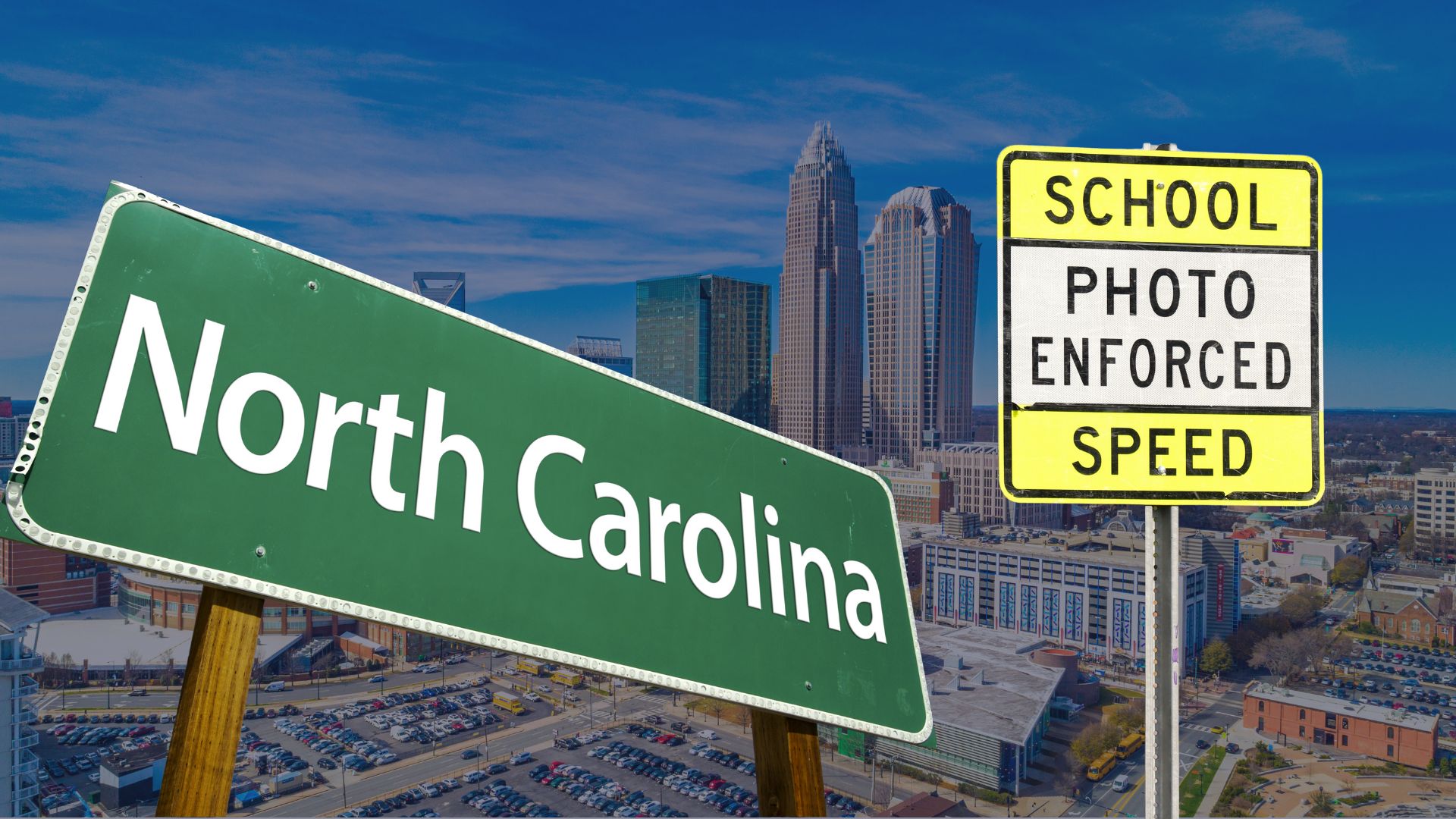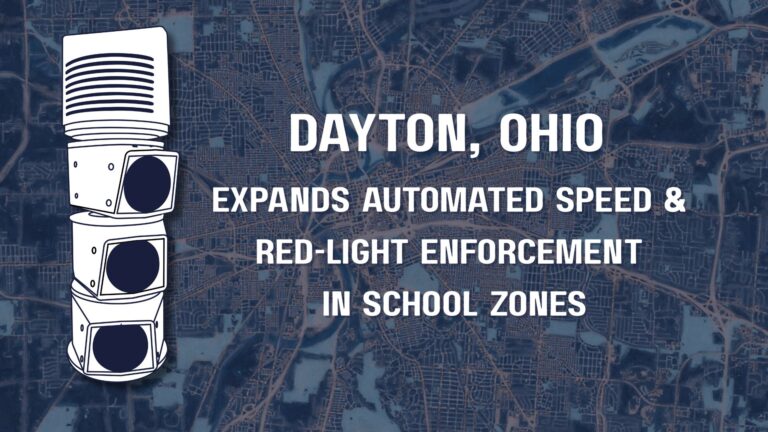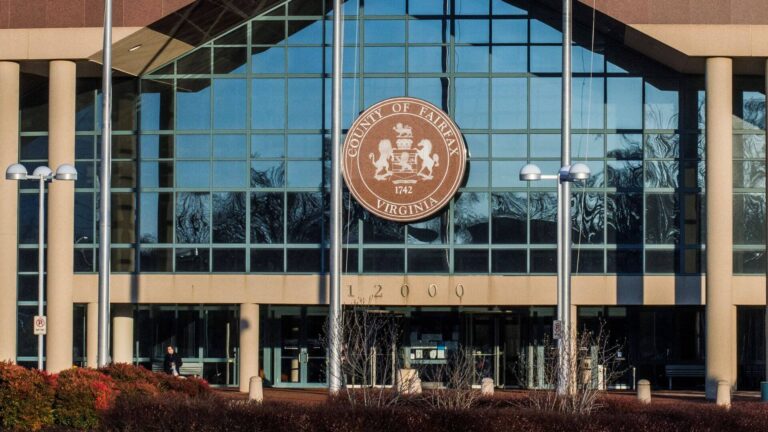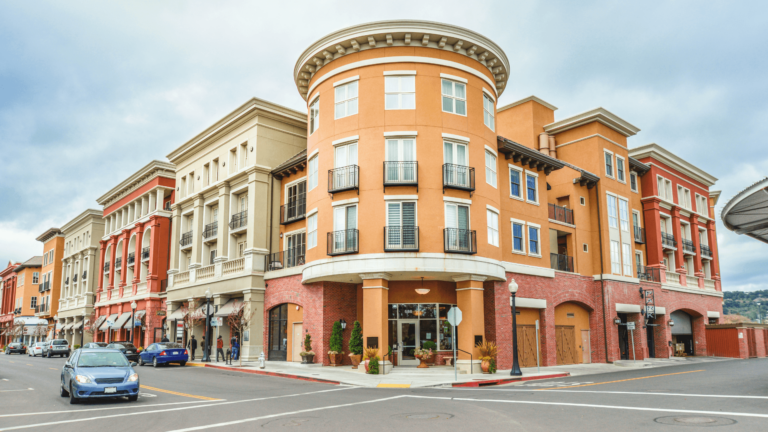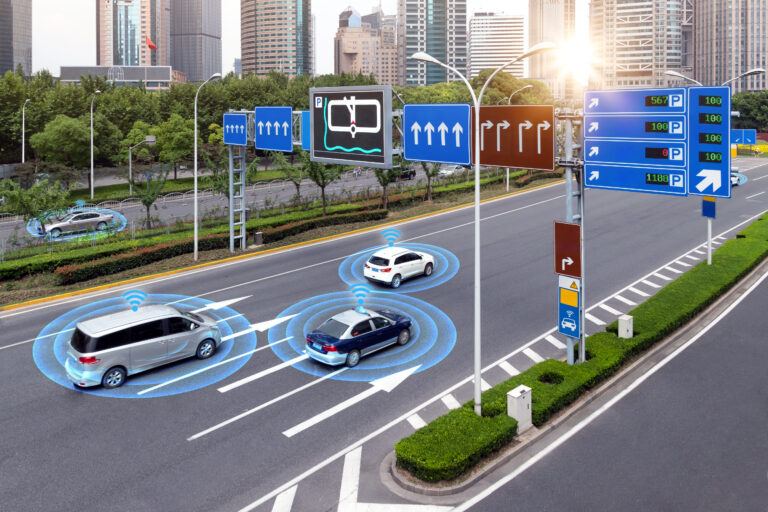On October 1, 2025, North Carolina cities and counties gained clear authority to use automated speed cameras in school zones. The change comes from Senate Bill 391 (Session Law 2025-47), a bipartisan transportation measure that, among other updates, explicitly authorizes “electronic speed-measuring systems” (mobile or fixed) to enforce school-zone speed limits. The law requires state-approved, calibrated equipment, conspicuous advance warning signs (no more than 1,000 feet from the device), and a civil penalty structure, helping communities focus on behavior change over punishment.
To underscore the urgency and gain public trust, the N.C. Governor’s Highway Safety Program and agencies statewide ran a week-long “Speeding Catches Up With You” enforcement campaign this summer, ahead of the school-zone camera launches. The message was simple and clear: speeding is preventable. Enforcement evidently works best when it’s visible, consistent, and paired with public education.
Simply Explained: What the Law Says
The new law grants local authority: Cities and counties may deploy electronic speed-measuring systems in school zones. Devices must be approved, calibrated, and tested per G.S. 8-50.4, and any system on NCDOT right-of-way needs department approval. Advance warning signage is required so drivers know enforcement is in effect. Violations are civil (no license or insurance points) and handled through a mailed notice with due-process options.
For a clear breakdown, the UNC School of Government published a concise explainer that walks through school-zone rules (when reduced limits apply), the set civil penalty, and how camera enforcement fits within existing statutes — useful context for attorneys, managers, and police leadership drafting local ordinances.
Why This Matters for Safety
Data from Charles County, Maryland, shows clear trends in improved driver compliance since adopting automated speed enforcement. Over a three-year period, citations dropped from 9,021 in 2018 to 4,216 in 2020, indicating a sustained reduction in speeding behavior across key enforcement zones.
Meanwhile, Prince William County, Virginia, saw immediate behavioral impact following the launch of its school-zone speed camera program, with local media reporting that hundreds of speeders were caught within the first weeks of activation, reinforcing the need for visible and consistent enforcement.
Neighboring Howard County, MD reports notable results in school-zone camera areas as well, including lower speeds and fewer collisions as the program matured—useful analogs for setting expectations as North Carolina sites come online.
From Policy to Practice: A Quick Start Guide for NC Communities
- Adopt a local ordinance enabling civil school-zone speed enforcement under SB 391. Spell out the civil penalty and due-process steps to mirror state law.
- Coordinate with schools and law enforcement. Formalize roles, data flows, and communications. (UNC’s explainer is a handy cross-check.)
- Plan siting and signage. Use recent speed/crash data around arrival/dismissal peaks to prioritize corridors and finalize the advance warning sign plan; secure any necessary NCDOT approvals for rights-of-way.
- Choose compliant technology and SOPs. Use approved, calibrated systems and document testing schedules to ensure evidence integrity.
- Educate before and during launch. Align messaging with North Carolina’s statewide theme — “Speeding Catches Up With You”— to emphasize deterrence and transparency.
Elovate — Leading School Zone ATE Partner
Elovate delivers turn-key school-zone speed enforcement, from program design and camera operations to citation processing and public education, across the U.S. Our School Zone Safety solution is built to be education-forward, data-driven, and transparent, so communities see results and trust the process.
Fairfax County, VA is a strong proof point. After launching a school-zone pilot in 2023, Fairfax approved a major expansion: 50 additional photo speed enforcement cameras in Phase 1 (FY26), with more anticipated the following year. County pages and public briefings document the rollout and school-site operations; clear evidence that when programs are designed around safety and community communication, they scale.
We’re also expanding school-zone enforcement with partners like the City of Dayton, Ohio, where Elovate was recently awarded a multi-year contract to enhance student safety through a capture-to-citation solution. It’s another example of how cities are pairing education with reliable enforcement to protect children where they walk, bike, and board buses.
What Success Looks Like in North Carolina
Success isn’t measured in tickets, it’s measured in slower speeds and safer crossings. Programs that publish clear siting criteria, post conspicuous signs, and share regular before/after metrics typically see violations fall over time as driver behavior changes. That’s exactly the intent behind SB 391’s civil framework and due-process safeguards. With strong local ordinances, school partnerships, and a consistent public-education cadence, North Carolina communities can replicate the outcomes seen in leading jurisdictions.
If your community is preparing to implement SB 391, Elovate can help you move from ordinance to operations, from site selection, signage plans, compliant equipment, public education, and transparent reporting, so drivers slow down before a crash happens.
Explore our Safety Solutions

School Zone Enforcement
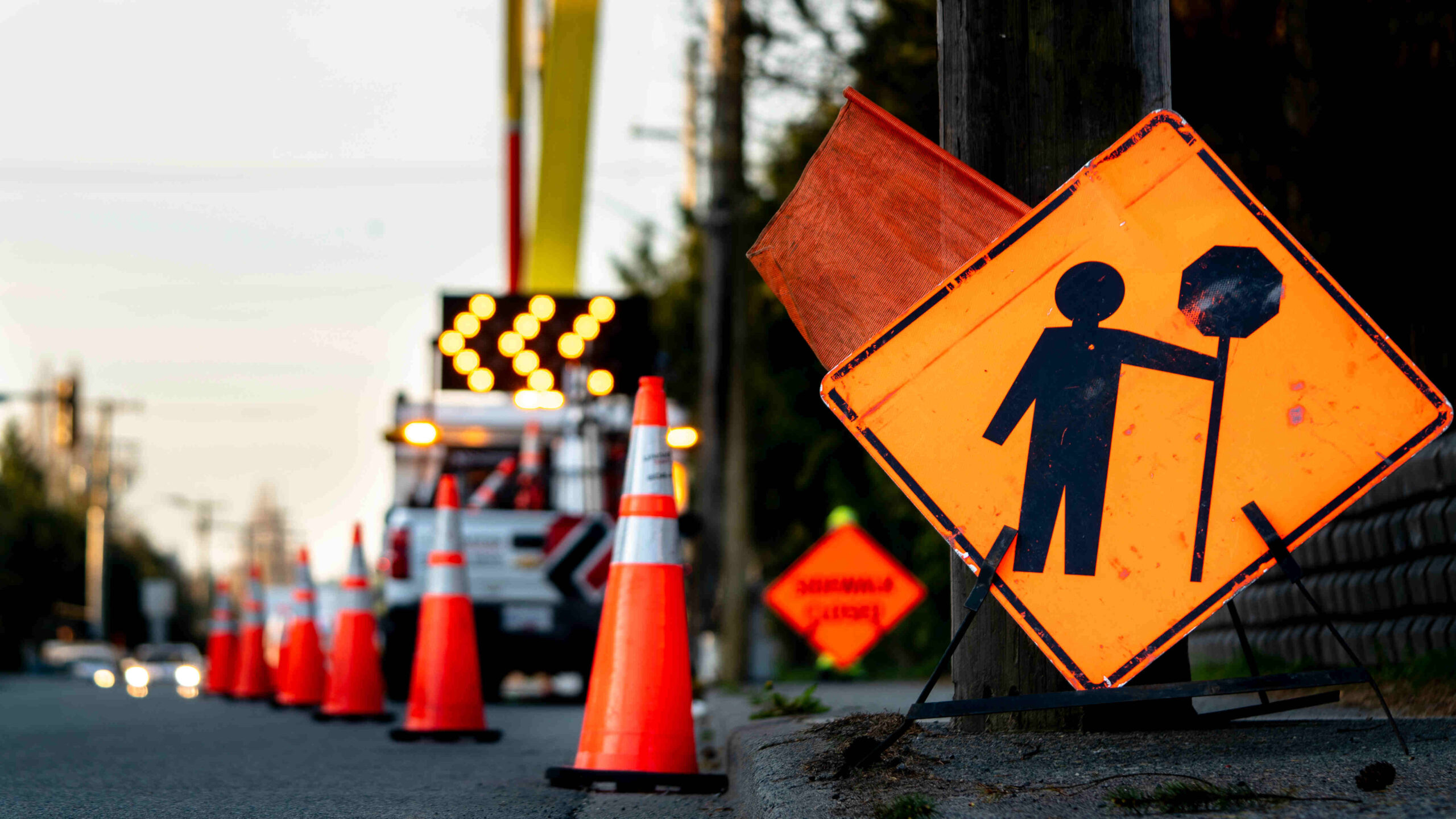
Work Zone Enforcement

Red-light Enforcement
